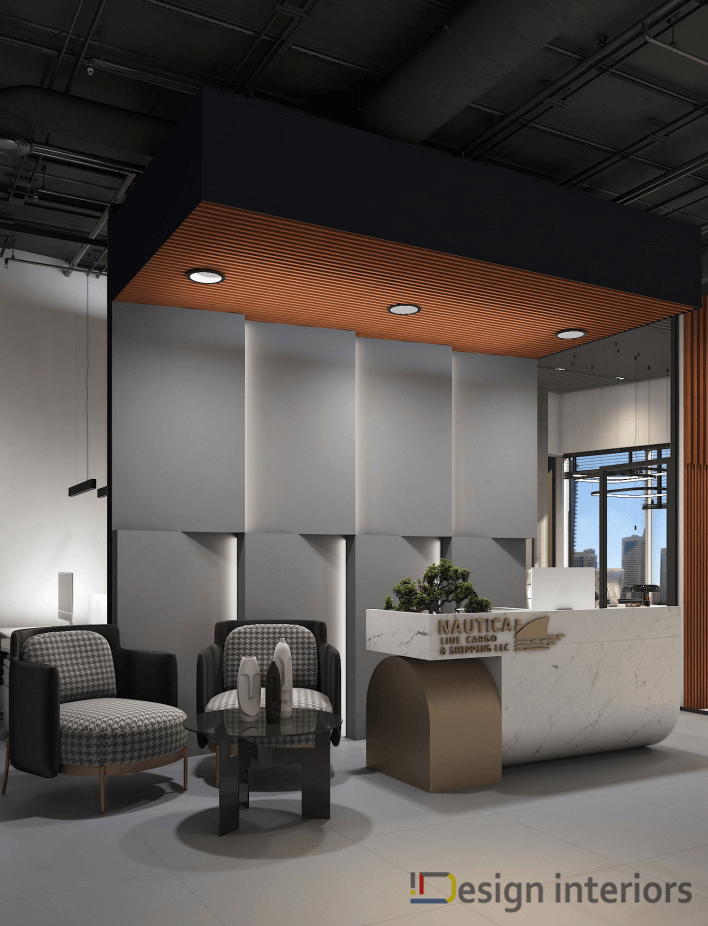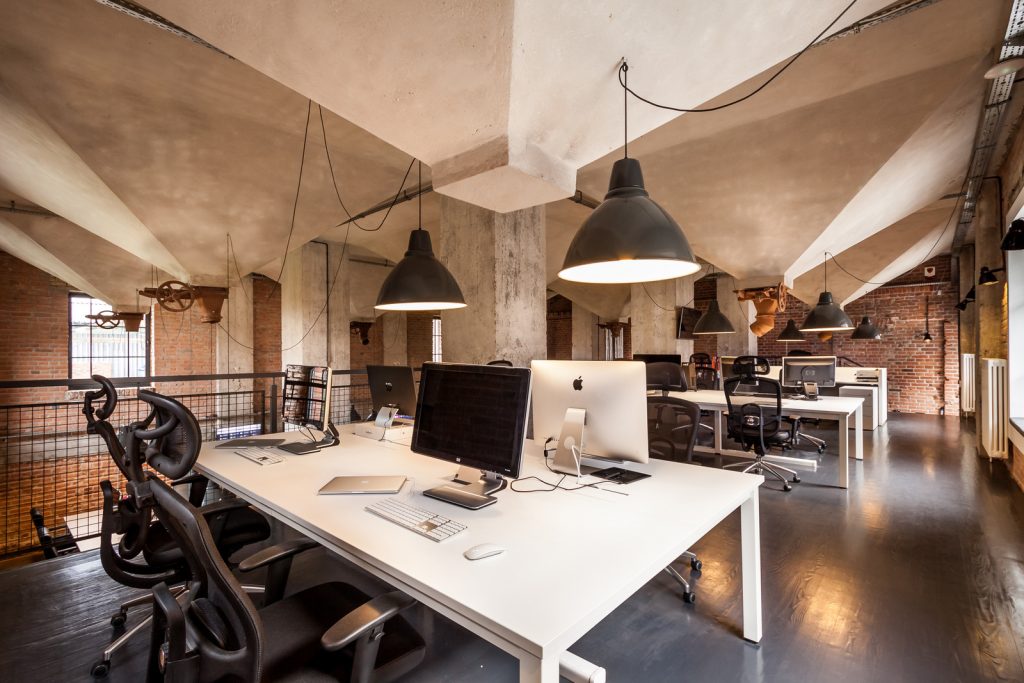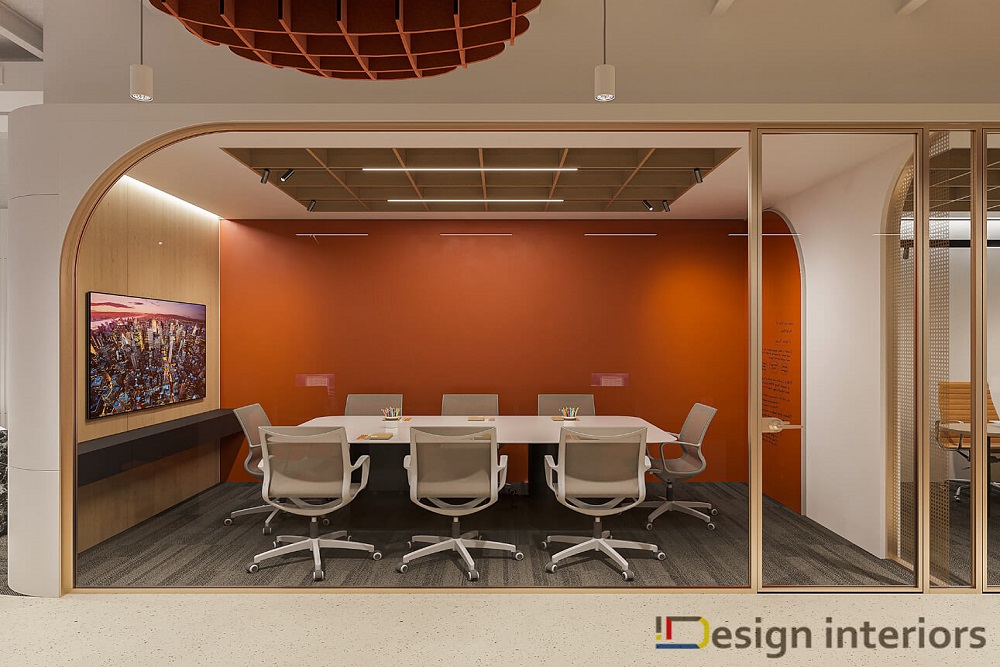To create a practical, cozy, and aesthetically pleasing environment for both staff and guests, professional office interior design includes the careful planning and organization of office spaces. It includes aspects like layout, lighting, color scheme, and ergonomic considerations to maximize productivity and improve the overall work environment. It goes beyond just choosing furniture and décor.
Key Elements of Professional Office Interior Design
1. Layout and Space Planning:
The layout of an office space plays a crucial role in its functionality and efficiency. Take into account elements like the foot traffic pattern, team members’ close proximity, and the accessibility of shared spaces. Private offices provide seclusion and focus, while open-plan designs encourage cooperation and communication. An efficient arrangement makes the most of the available space and promotes a positive work atmosphere.
2. Ergonomic Furniture and Equipment:
When designing a workplace, ergonomics is crucial to promoting the health and happiness of staff members. To lessen eye strain, provide enough illumination and make an investment in adjustable monitors. Equipping workers with ergonomic workstations increases their comfort and productivity.
3. Lighting Design:
For a workspace to be both pleasant and productive, proper illumination is essential. Incorporate a mix of natural and artificial lighting to minimize glare and shadows. Take into account components like accent lighting to draw attention to decorative or architectural details, ambient lighting for general illumination, and task lighting for concentrated work areas. Having a well-lit office improves energy, attitude, and focus.
4. Color Scheme and Branding:
Select a color palette that embodies the branding of your business while fostering a welcoming and pleasant ambiance. Consider the psychological effects of colors; for example, blue promotes calmness and productivity, while yellow fosters creativity and optimism. Use accent colors sparingly to add visual interest without overwhelming the space. Consistent branding throughout the office reinforces company identity and culture.
Implementing Professional Office Interior Design
1. Collaborate with Design Professionals:
Collaborate with experienced interior designers or design firms specializing in office spaces. They can provide valuable insights and expertise to help you conceptualize and execute your vision effectively. Work closely with them to discuss your goals, preferences, and budget constraints, ensuring that the final design aligns with your objectives.
2. Prioritize Employee Feedback:
Involve employees in the design process by soliciting their input and feedback. Conduct surveys or focus groups to gather insights into their preferences, needs, and pain points. Consider factors such as workspace flexibility, breakout areas, and amenities that contribute to employee satisfaction and engagement. Incorporating employee feedback fosters a sense of ownership and morale among staff members.
3. Plan for Future Growth:
Anticipate future growth and changes in your organization when designing your office space. Opt for modular furniture and flexible layouts that can adapt to evolving needs and accommodate an expanding workforce. Designate flexible areas for collaboration, meetings, and social gatherings to facilitate interaction and teamwork. A forward-thinking approach ensures that your office design remains relevant and functional for years to come.
Conclusion
Professional office interior design encompasses various elements aimed at creating a functional, comfortable, and visually appealing workspace. By carefully considering factors such as layout, ergonomics, lighting, and branding, businesses can create environments that enhance productivity, employee well-being, and overall satisfaction. Collaborating with design professionals, prioritizing employee feedback, and planning for future growth are essential steps in implementing successful office interior design strategies.



